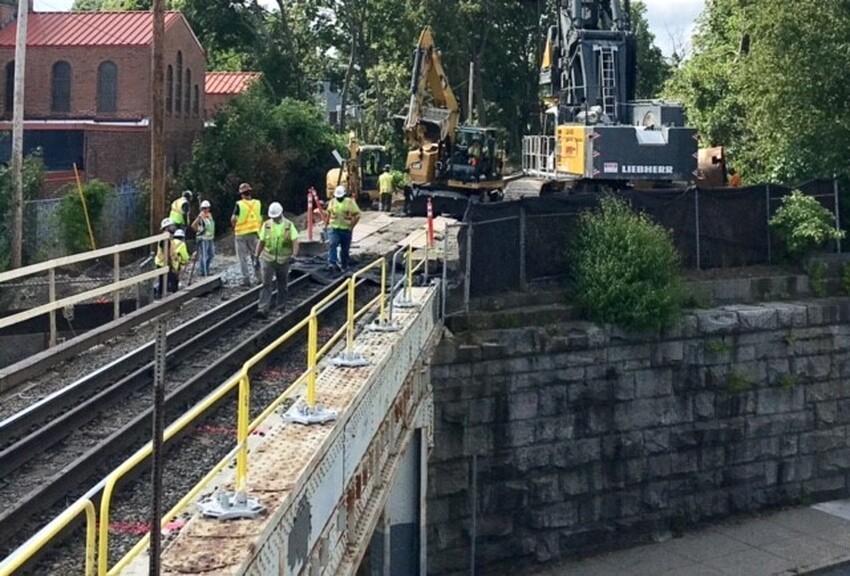I mean... tie replacement is one of those few railroad things that actually seems to have been highly automated and mechanised. It may be possible to do it just by relying on a single track while a much reduced Covid schedule is in placce.
So, given I'm sure the answer to this will be an education in of itself... Why continue to use creosote impregnated wood, and not concrete? Insofar as I can tell, precast concrete ties can handle more weight, higher speeds, you need fewer of them, and they need far less maintenance and replacment intervals are far longer. For a lightly used freight corridor, sure, keep using wood. But for heavily used passenger corridors, where taking a track out of service creates significant impacts? Why use the thing that degrades in 10 years instead of the thing that degrades in 40-50? Even if the Red Line doesn't need the loading strength, avoiding service interuptions itself would be a good reason to switch when they do full depth reconstruction, but they continued with wood when they did the accelerated track replacement.

